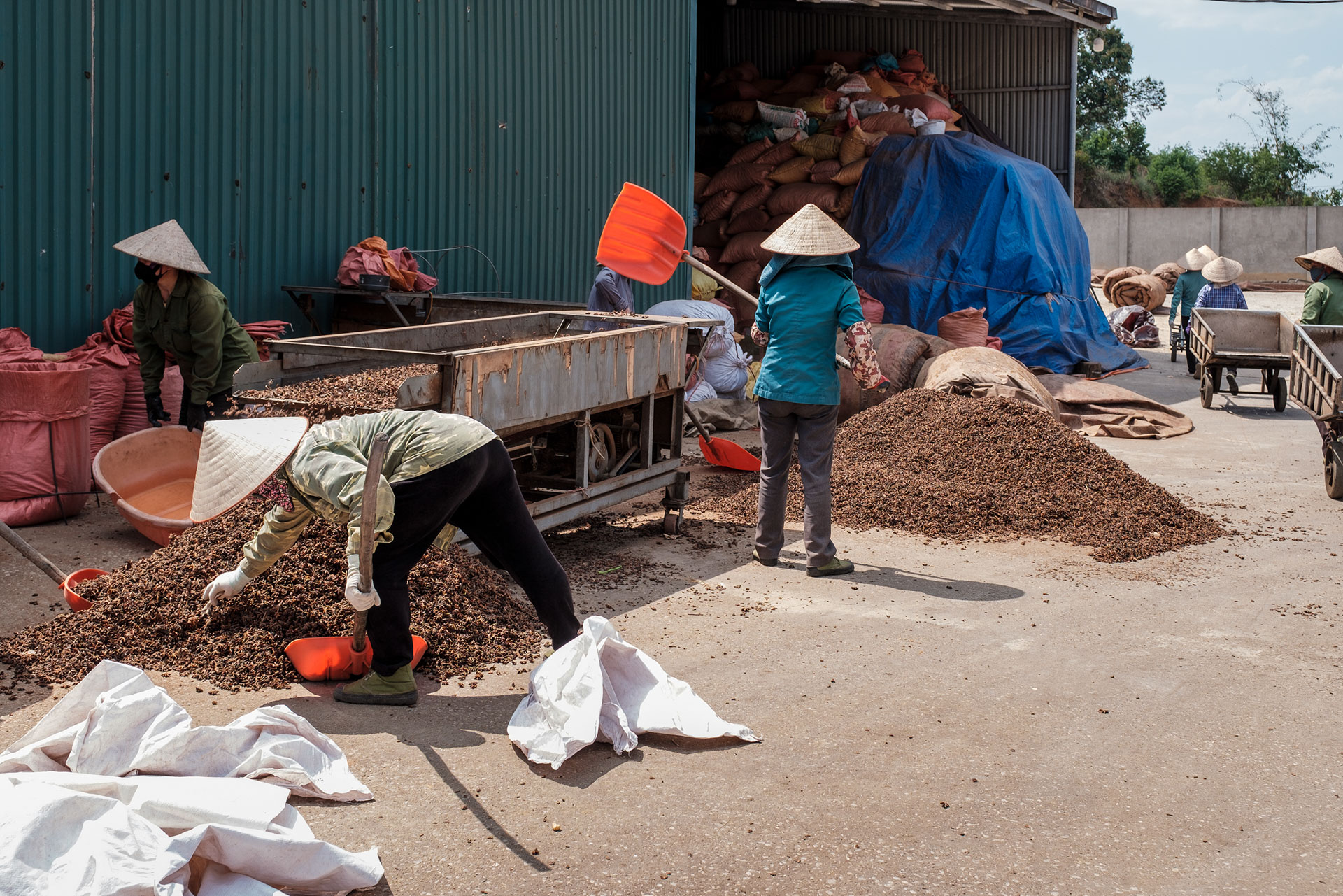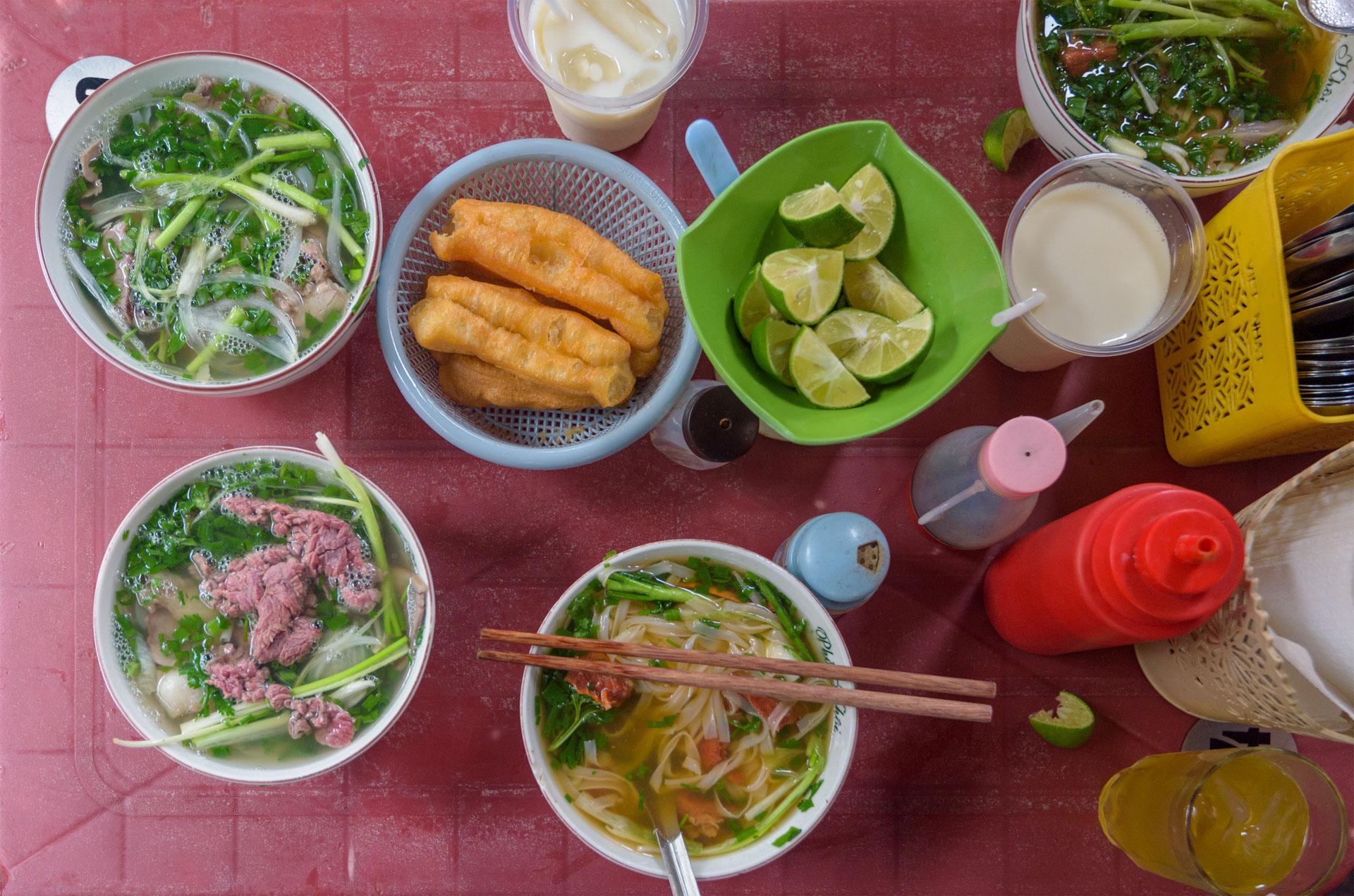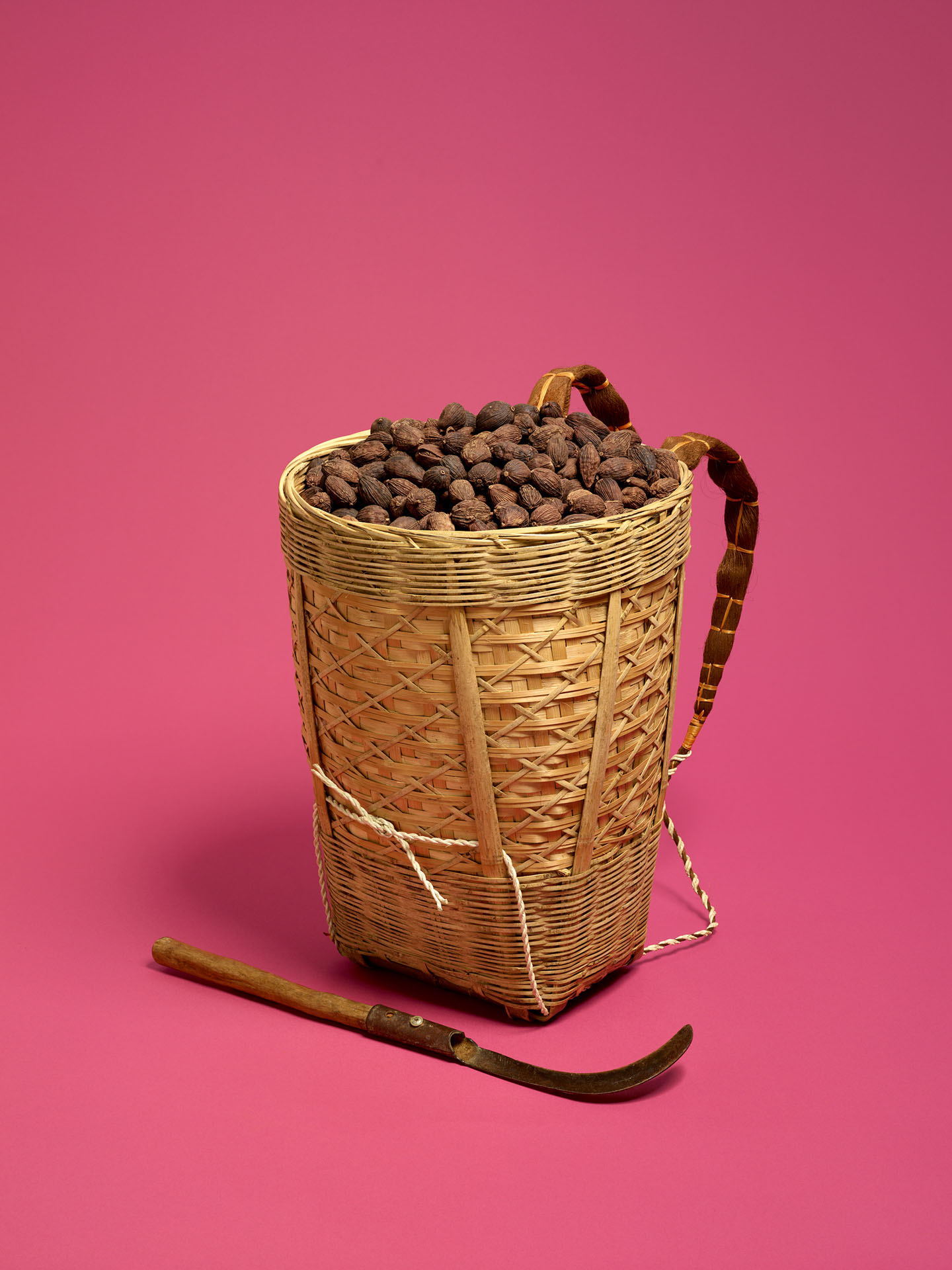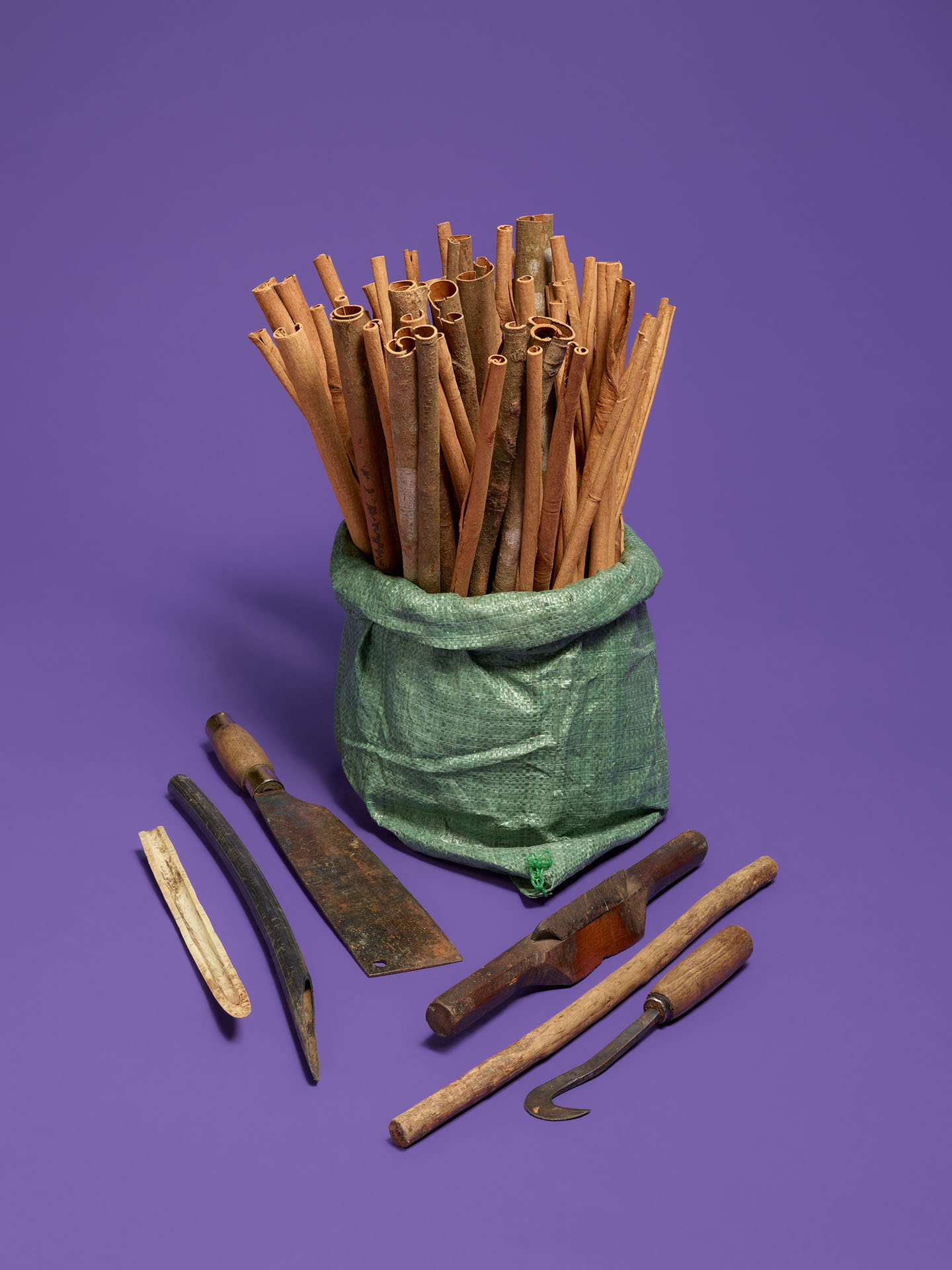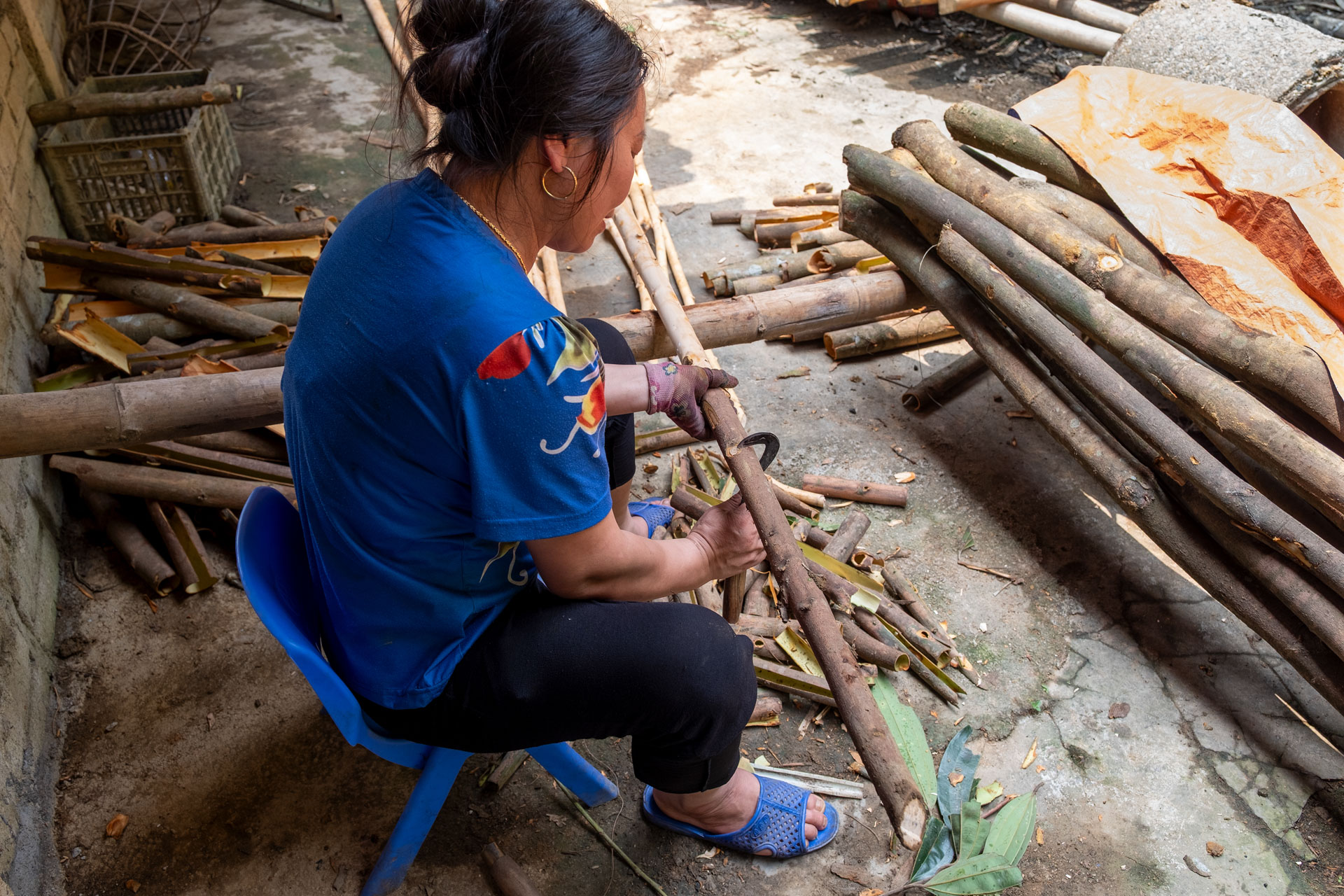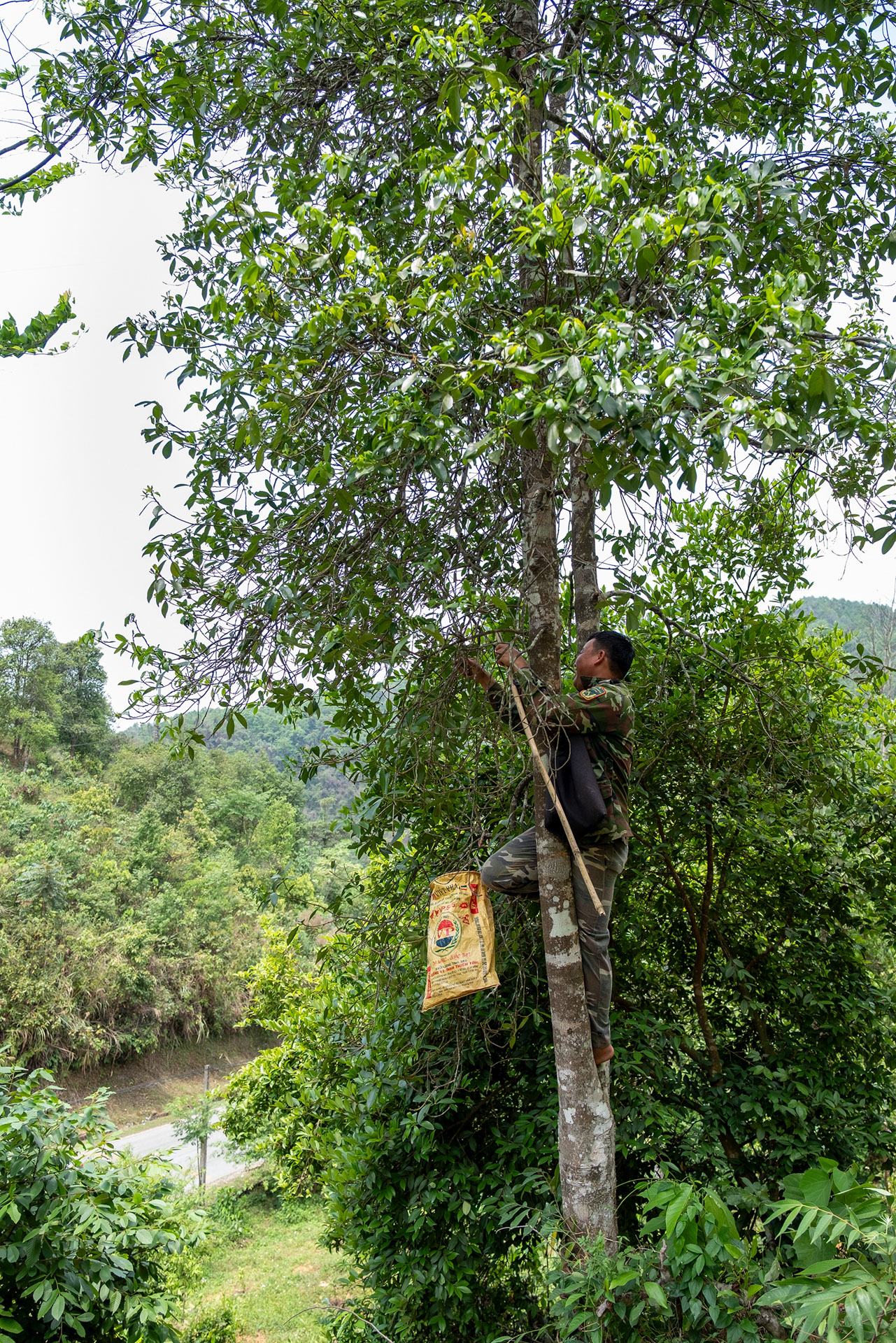Press Release and Material
Zurich, 25 August 2025
What Phở and Gingerbread Have in Common
Cinnamon, star anise and cardamom – this aromatic trio is what gives the Vietnamese noodle soup phở its signature flavor. In its new exhibition "Symphởny of Spices", the Ethnographic Museum at the University of Zurich explores the complex ancient and modern connections between these spices – tracing their journey from local fields to the global marketplace.
The story of that jar of cinnamon in your kitchen cupboard stretches back centuries: spices were among the first goods to be traded on a global scale and played their part in fueling European colonial ambitions. Today, they are affordable everyday items, found in supermarkets around the world. In the new exhibition "Symphởny of Spices" at the Ethnographic Museum at the University of Zurich, visitors get to discover more about the star anise, cinnamon and cardamom grown in northern Vietnam, including the key stages of the complex global spice trade, past and present.
From the highlands to world markets
Cinnamon, star anise and cardamom grow mainly in the mountainous north of Vietnam, where ethnic minorities such as the Hmong, Nùng, Tày, and Yao rely on the crops for their livelihoods. Cultivation is actively encouraged by the Vietnamese government as part of their efforts to boost regional economies and combat poverty. And marketing strategies specifically underline the growers’ ethnic heritage to raise the spices’ appeal as authentic regional products. Today, the United States and China are Vietnam’s largest spice markets, though Europe is steadily catching up.
The exhibition uses films and objects to paint a picture of the local farming environment: what do cinnamon, star anise and cardamom look like? What tools do the farmers use? And what challenges do they face? It also examines the environmental impacts of spice cultivation. While the practice can support reforestation – for example, planting cinnamon trees whose bark is later harvested – large-scale monocultures can also cause soil erosion and reduce biodiversity.
Undisputed national dish
Spices play a starring role in Vietnamese cooking, and cinnamon, star anise and cardamom are essential ingredients in the country’s traditional noodle soup, phở. To make the dish, the spices are first roasted, after which they are simmered for hours in a broth of beef bones to release their full aroma. Rice noodles and fresh herbs are added just before serving. A recreated phở street stall in the exhibition serves to convey the ubiquity of this noodle soup which, enjoyed at any time of day, holds the undisputed status of national dish.
In Europe, the imported spices also found their way into many "traditional" recipes. Christmas gingerbread or festive Swiss cookies like cinnamon stars and Brunsli wouldn’t be the same without them. In the same way, cinnamon and star anise are, like in phở, the distinctive flavors in mulled wine, while star anise lends a tangy tone to certain liqueurs. Many cosmetics and home fragrances also draw on this palette of "exotic" ingredients.
Scents, flavors, memories
For those who grew up with them, the aroma of phở or the smell of fresh-baked biscuits can instantly awaken memories and emotions. The exhibition also captures this sensory dimension in a number of ways: in one film, members of the Vietnamese diaspora in Switzerland talk about the role of cooking and eating in their daily lives, and what feelings the aromas of traditional dishes stir in them. Visitors who grew up in Switzerland are also invited to engage their senses – for instance, at the exhibition’s scent station.
The healing power of spices
Visitors also learn about the health benefits of many spices, including their use in both traditional Vietnamese medicine – known as đông y or "Eastern medicine" – and Western medicine. In Vietnam, cinnamon is used to help regulate blood sugar, cardamom to ease stomach inflammation, and star anise oil to treat colds. Even the Tamiflu medication, prescribed during the swine flu and avian flu outbreaks in the 2000s, originally contained star anise. Today, its active ingredient is synthetic.
Collaborative research and student participation
The exhibition draws on long-term collaborative research by Annuska Derks, professor of Social Anthropology at the University of Zurich and interim director of the Ethnographic Museum UZH until the end of July 2025, and Professor Sarah Turner of McGill University in Canada. They were joined by Professor Derks’ doctoral student Nguyễn Hà Phương and Vietnamese researcher Ngô Thúy Hạnh. Students were also involved in creating the exhibition as part of a spring semester 2025 course.
|
"Symphởny of Spices – Vietnamese Roots, Global Routes" UZH Ethnographic Museum exhibition opening event on 28 August 2025 at 6pm
|
Contacts
ISEK Social Anthropology UZH
Prof. Dr. Annuska Derks, Kuratorin
+41 44 6346197
annuska.derks@uzh.ch
Media Relations
Universität Zürich
+41 44 634 44 67
mediarelations@kommunikation.uzh.ch
|
Legal notice Copyright All content, text, images, graphics, photographs or other files on our website are protected by copyright. They belong exclusively to the University of Zurich or to the expressly named copyright holders. The use of any elements – in particular commercial use – by third parties is prohibited unless the express written consent of the copyright holder has been obtained or obtained in advance from third parties. The mere downloading or copying of content, text, images, graphics, photographs or other files does not transfer any rights. Permission of use for media representatives The image files, graphics or photographs expressly designated as "press pictures" on our website may be used exclusively by media representatives (free of charge), provided that the media coverage is in connection with a past, current or future exhibition. The aforementioned use must necessarily include the following photo credit: © Völkerkundemuseum der Universität Zürich, photographer: respective surname, first name. Any other use is prohibited. |

